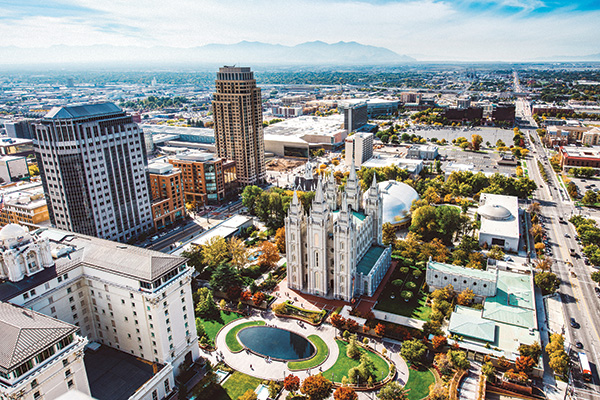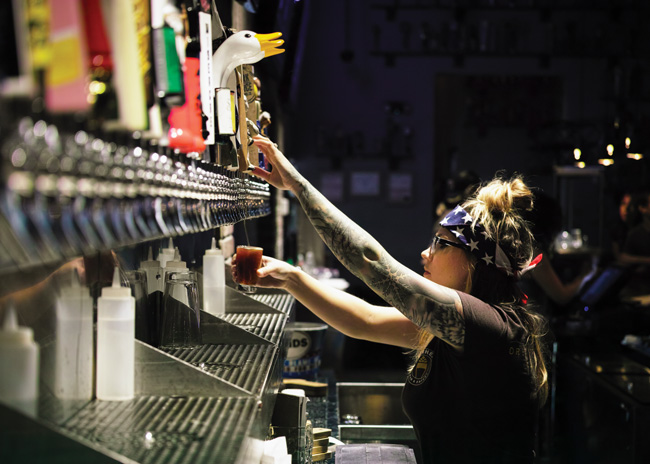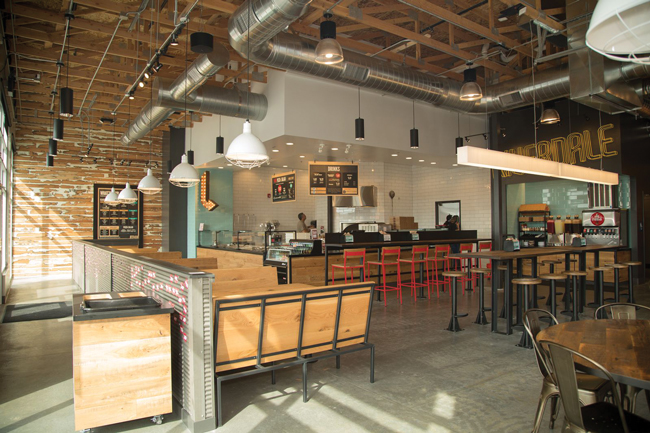Restaurants seeking to stand out in a crowded marketplace may find that secondary markets offer the right opportunities, according to the 2018 Retail and Restaurant Real Estate Outlook from Buxton, a real estate consultancy.
The report names three larger secondary markets — with a population of at least 1.5 million — that stand out from the rest due to their growing populations and the fact that they are relatively unsaturated in terms of existing restaurants. Similarly sized markets have an average of 580 consumers per restaurant.
Fresno, Calif., has a ratio of 724 consumers per restaurant, according to the report. New entrants to the region include Corner Bakery Café, Olive Garden, Five Guys and Steak ’n Shake.
Salt Lake City, Utah, has a ratio of 707 consumers per restaurant, but that number is even higher in the suburbs of West Jordan (895) and West Valley City (855). Both suburbs are experiencing population growth as well. Salt Lake City has seen recent restaurant additions that include IHOP and Apollo Burger.
Phoenix, Ariz., has a ratio of 637 consumers per restaurant, but that number jumps to 698 based on 2021 population projections, per the report. The Phoenix suburbs continue to experience significant population growth. Peoria has a ratio of 752 consumers per restaurant, and the study expects that number to grow to 843 based on current population growth data. Gilbert has a current ratio of 740 consumers per restaurant, but projections call for that number to grow to 867 based on current population growth data. Freddy’s Frozen Custard and Giordano’s have made recent inroads in the Phoenix market.




